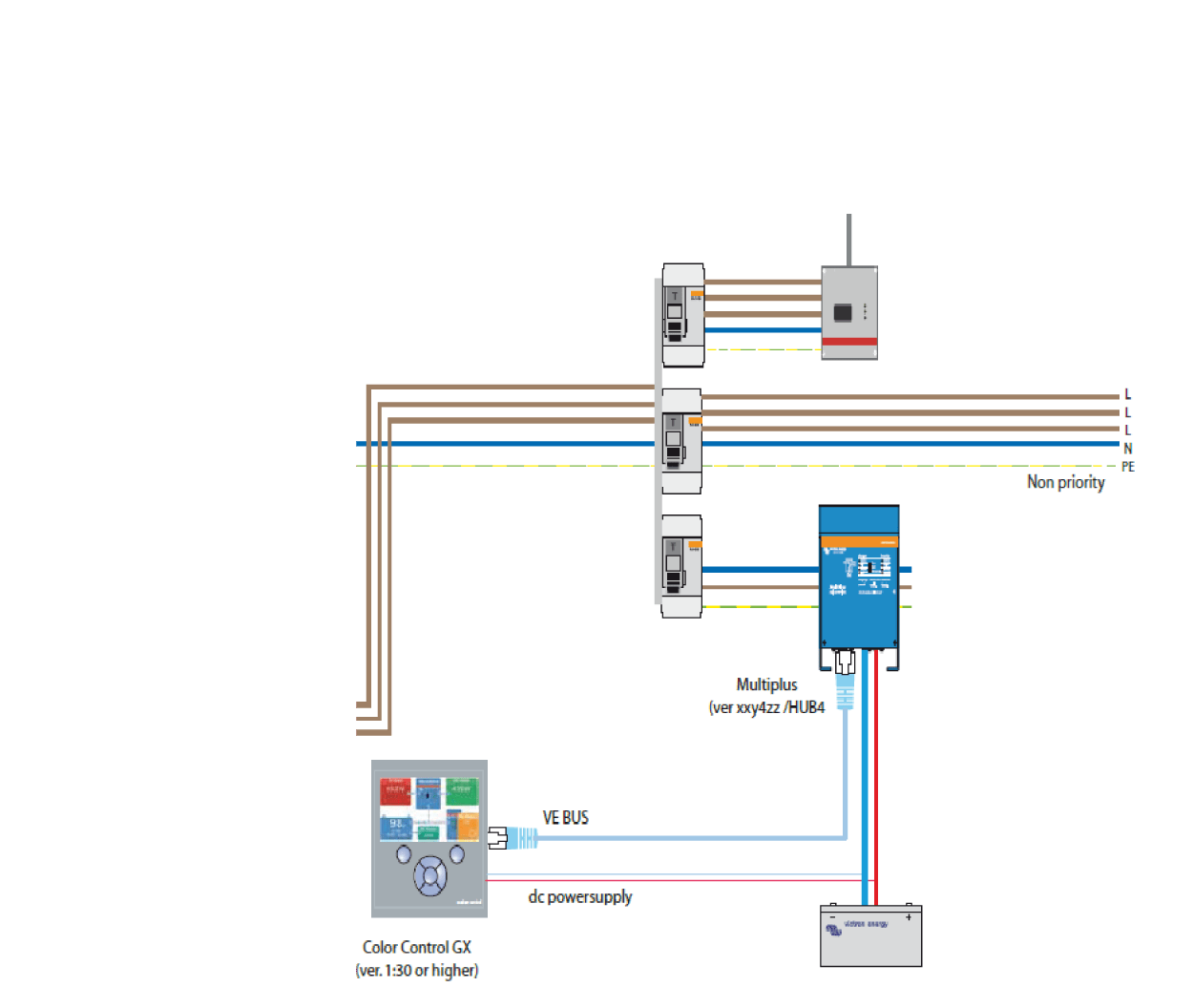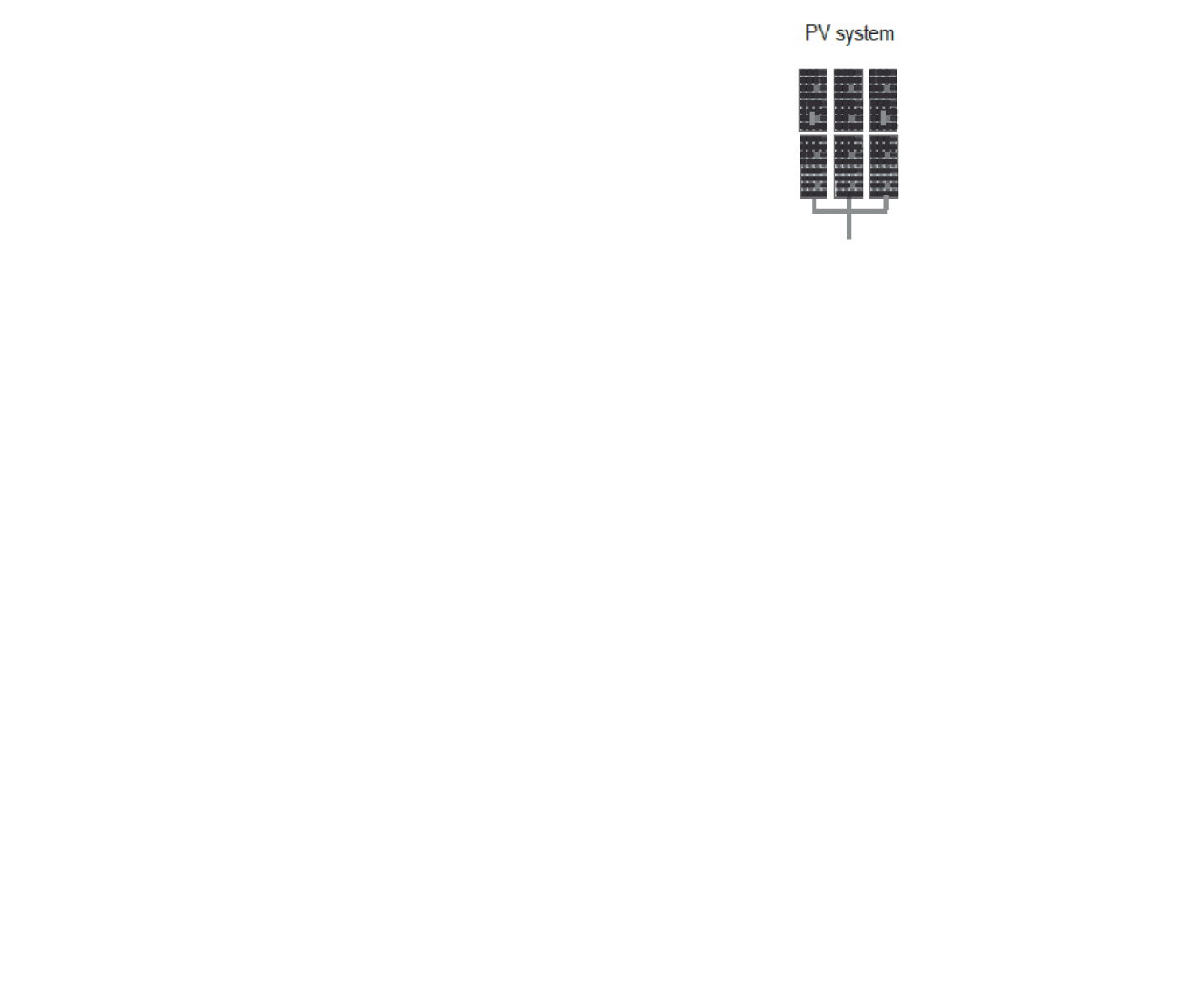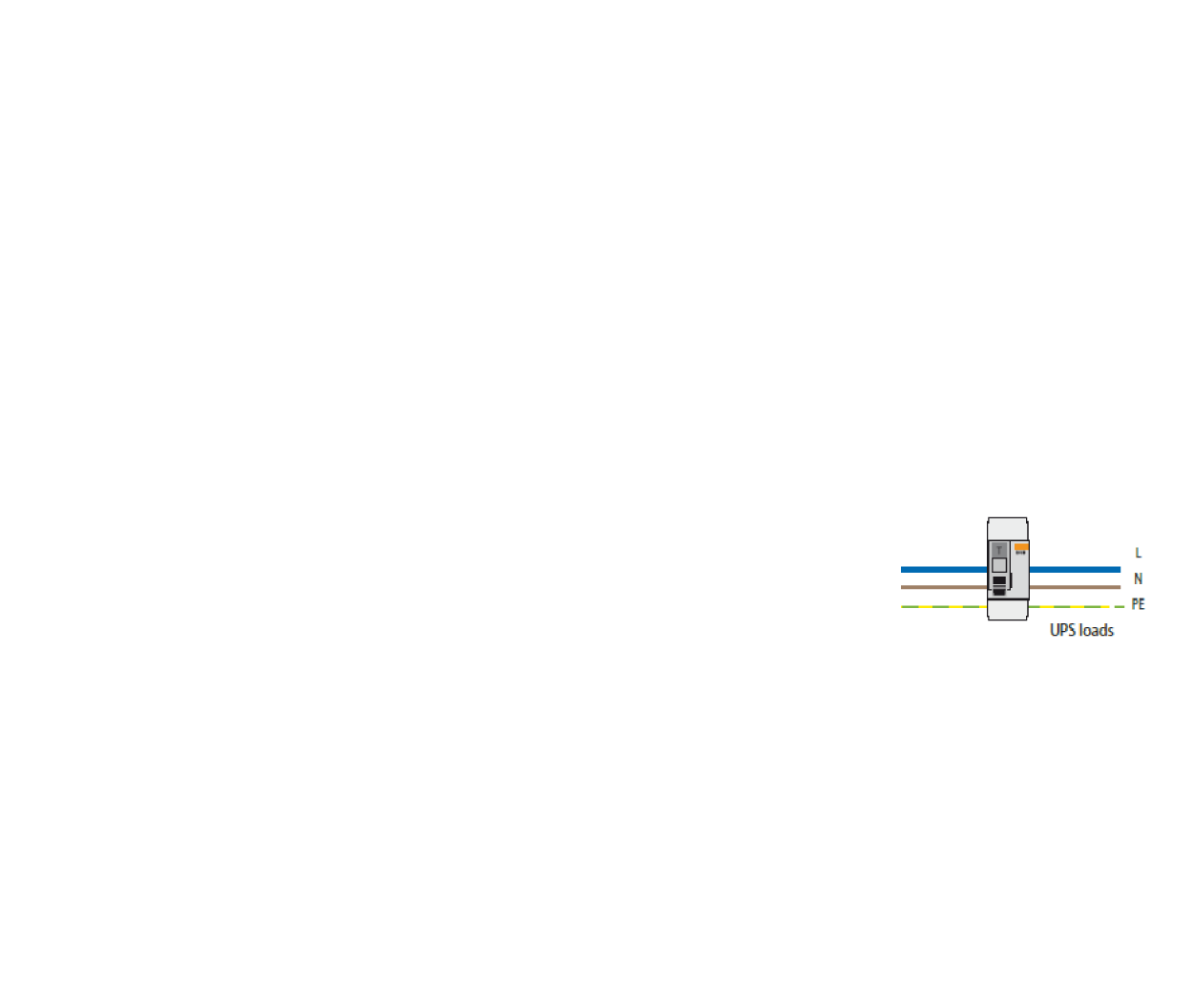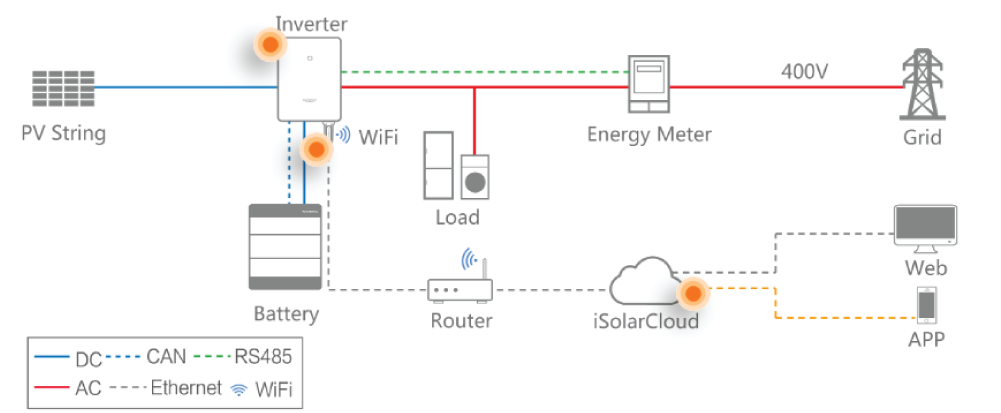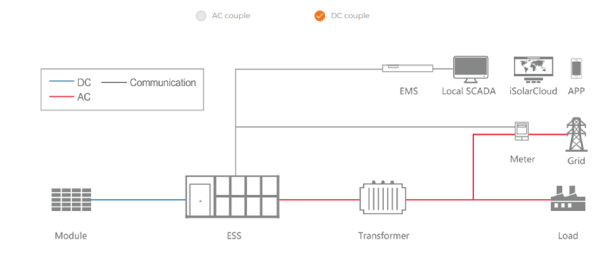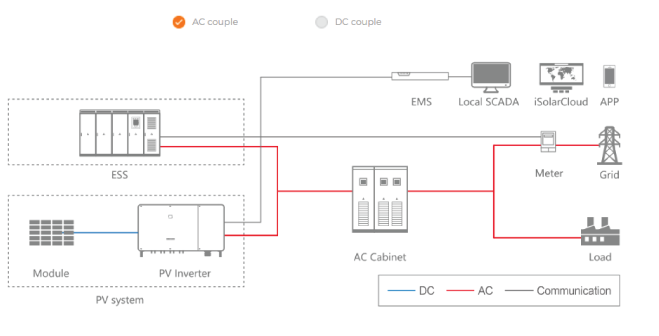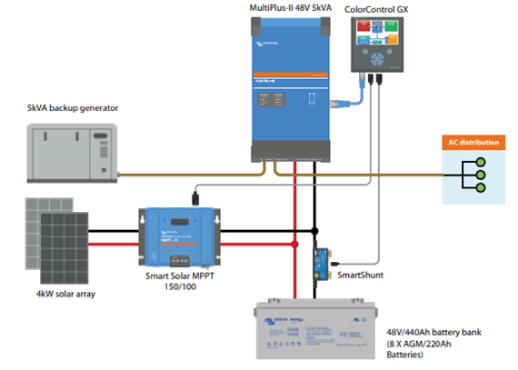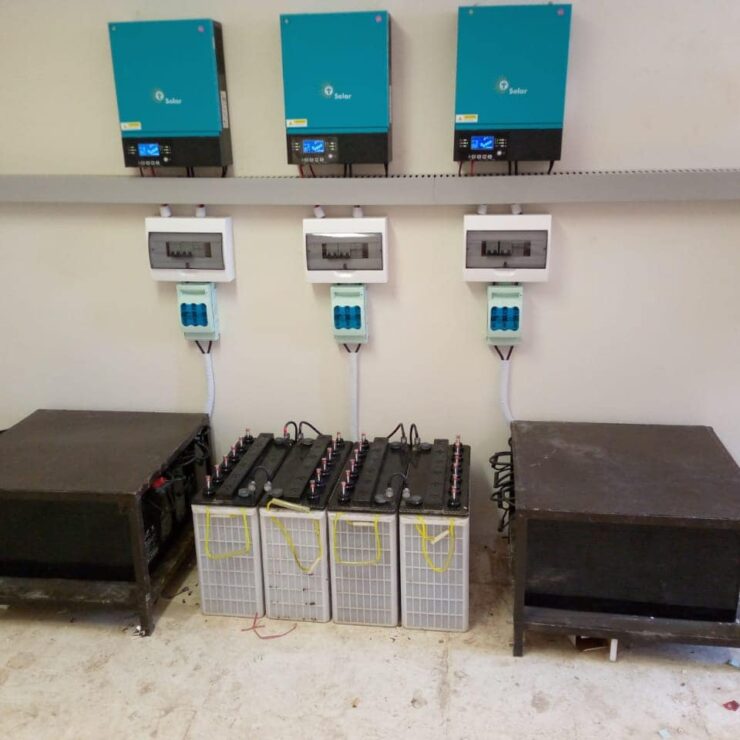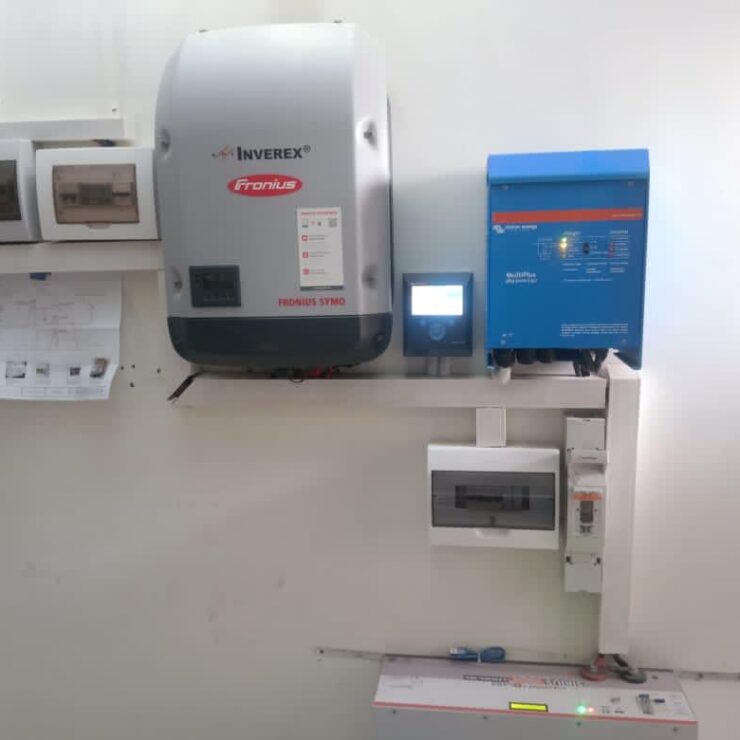SOLAR PV Battery Energy Storage Systems
AC-COUPLE SYSTEM ESS (ENERGY STORAGE SYSTEM)
- Here the battery is connected to the PV side of the solar inverter (a possibility with most of the on-grid inverters).
- A battery is used to store the energy when it generates energy from solar PV.
- There is some (slight) reduction in the PV feed-in-tariff due to energy used in the battery charge/discharge process
- Here the battery is connected on the AC side of the solar invention
- An additional battery inverter/charger is required to convert battery power to 230 Vac and vice versa
- There is no effect on the PV feed-in tariff
- Possible to charge the battery at cheap rate of electricity
- Back-up Energy was possible in the event of grid failure.





SOLAR PV ON-GRID SYSTEM WITH BACK-UP
HYBRID TYPICAL APPLICATION
- Enhance self-consumption: During the day, the electricity from the PV array is used to optimize self-consumption. The excess power charges the batteries, whose power supplies the loads at night. By utilizing storage, the self-consumption can reach up to 95%.
- Benefit from peak saving: By setting the charging and discharging time, the battery can be charged using the electricity generated at off-peak rates and discharged to fulfil the loads during peak hours (if the grid regulations allow it).
- It also allows backup power in the event of grid failure (also available in 3 phase system).
DC-COUPLE SYSTEM
- Here the battery is connected to the PV side of the solar inverter
- A high voltage battery (to match PV voltage) is used to store the energy when it’s generated for when it’s needed
- There is some (slight) reduction in the PV feed-in tariff due to energy used in the battery charge/discharge process
- Back-up may be possible with additional switchgear in the event of grid failure
- Not possible to charge the battery at cheap rate of electricity
AC-COUPLE SYSTEM
- Here the battery is connected on the AC side of the solar inverter
- An additional battery inverter/charger is required to convert battery power to 230 Vac and vice versa
- You can still grid feed-in via PV Net metering tariff
- Possible to charge the battery from cheap rate electricity and use when high grid tariff
- Back-up may be possible with additional switchgear in the event of grid failure
What it is
- An Off-grid system is not connected to an external electricity supply and is often in a remote location or is mobile.
- Small off-grid systems offer an alternative to bringing in mains electricity.
- The off-grid solar powered systems are entirely dependable because they store power directly into the batteries, thus when there is a power outage these batteries can give reinforcement.
- These systems are intended to create enough power for the house with the goal that power from utility isn’t required. This assists with diminishing the bills to zero



